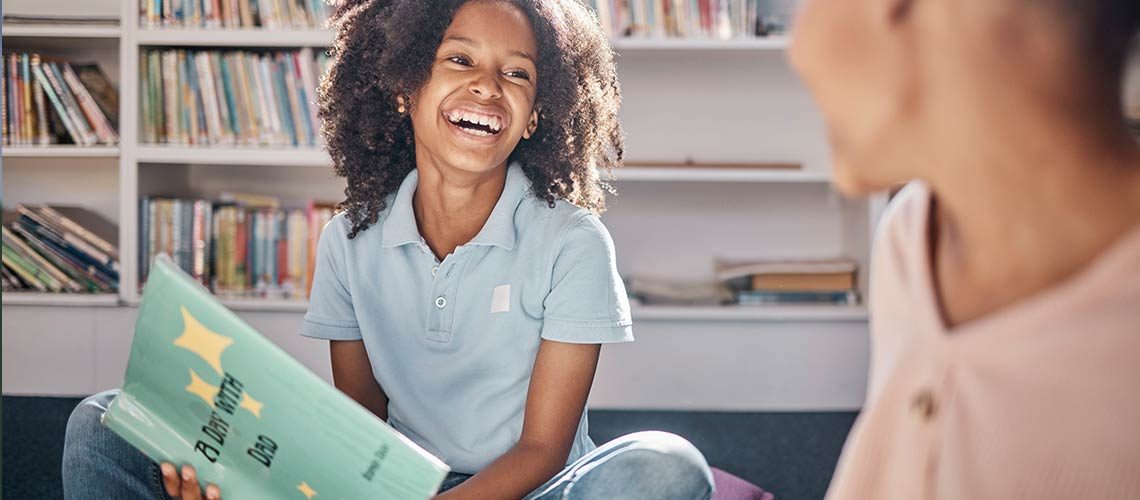Babies
- Read to your baby for short periods several times a day. As you read, point out things in the pictures. Name them as you point to them. Cardboard or cloth books with large simple pictures of things with which babies are familiar are the best books to begin with.
Ages 1-4
- Talk with your child as you read together. Point to pictures and name what is in them. When your child is ready, ask him or her to do the same. Ask your child about his or her favorite parts of the story, and answer your child’s questions about events or characters.
- Wherever you are with your child, point out individual letters in signs, billboards, posters and books. When your child is 3 to 4 years old, ask him or her to begin finding and naming some letters.
Kindergarten
- Read predictable books to your child. Teach him or her to hear and say repeating words, such as names for colors, numbers, letters and animals. Predictable books help children to understand how stories progress. A child easily learns familiar phrases and repeats them, pretending to read.
- Practice the sounds of language by reading books with rhymes and playing simple word games (i.e., How many words can you make up that sound like the word “bat”?).
First Grade
- Point out the letter-sound relationships your child is learning on labels, boxes, newspapers and magazines.
- Listen to your child read words and books from school. Be patient and listen as your child practices. Let him or her know you are proud of their reading.
Second & Third Grade
- Build reading accuracy by having your child read aloud and point out words he or she missed and help him or her read words correctly. If you stop to focus on a word, have your child reread the whole sentence to be sure he or she understands the meaning.
*Taken from the U.S. Department of Education “Helping Your Child Become A Reader” and The Partnership for Reading “Put Reading First” publications.
Other Great Sources for Parents:
Summer Reading Activities Kit (PDF)
Great tips for reading this summer!


